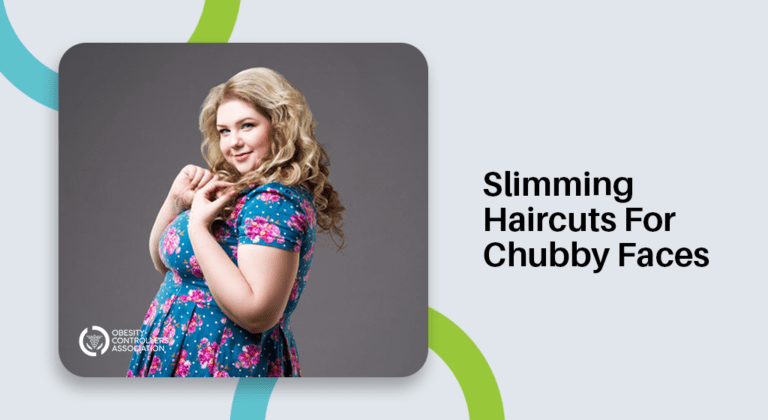Expert Insights on Optimal Hearing Aid Fitting
Hearing aids are a life-changing solution for millions of people with hearing loss, allowing them to better engage with the world around them. However, for hearing aids to be effective, they must be properly fitted and adjusted to the individual’s unique hearing needs. Improper fitting can result in discomfort, poor sound quality, and ultimately, dissatisfaction with the hearing aids.
In this comprehensive guide, we’ll share expert insights and practical tips to ensure your hearing aids are fitted correctly and deliver the best possible listening experience.
Importance of Proper Hearing Aid Fitting
Hearing aids are not one-size-fits-all devices. Each person has a unique ear anatomy, degree of hearing loss, and personal preferences when it comes to how their hearing aids should sound and feel. Proper fitting is essential for several reasons:
1. Comfort and Wearability: Ill-fitting hearing aids can be uncomfortable, even painful, to wear for extended periods. This can lead to frustration and reluctance to use the devices regularly, defeating the purpose of wearing them.
2. Sound Quality: Poorly fitted hearing aids may produce distorted, tinny, or muffled sounds, compromising the user’s ability to hear clearly and understand speech.
3. Feedback and Whistling: Improper fit can cause feedback and whistling noises, which are irritating and indicate an issue with the device’s fit or programming.
4. Optimal Amplification: Hearing aids are programmed to provide the appropriate level of amplification for the user’s specific hearing loss. Incorrect fitting can result in over- or under-amplification, leading to an unsatisfactory listening experience.
5. Long-Term Effectiveness: Properly fitted hearing aids are more likely to be used consistently, resulting in better long-term outcomes for the user’s hearing health and overall quality of life.
The Hearing Aid Fitting Process
Hearing aid fitting is a collaborative process between the user and the hearing healthcare professional, typically an audiologist or a hearing instrument specialist. Here’s a step-by-step overview of the fitting process:
1. Comprehensive Hearing Evaluation: The first step is a thorough hearing assessment to determine the extent and type of hearing loss, as well as any other relevant factors that may impact the hearing aid selection and fitting.
2. Hearing Aid Selection: Based on the evaluation, the hearing healthcare professional will recommend the most appropriate hearing aid style, technology, and features to address the user’s specific needs and preferences.
3. Ear Impressions and Customization: For in-the-ear (ITE) and custom-fit hearing aids, the professional will take impressions of the user’s ear canal and outer ear to create a custom-molded shell or earmold.
4. Initial Fitting and Programming: Once the hearing aids are received, the professional will fit them to the user’s ears and program them according to the individual’s hearing needs and listening environments.
5. Real-Ear Measurements: This step involves using specialized equipment to verify that the hearing aids are providing the appropriate level of amplification and that the sound is being delivered correctly to the user’s eardrum.
6. Fine-Tuning and Adjustments: The professional will make any necessary adjustments to the hearing aids, such as fine-tuning the volume, changing the fit, or modifying the programming, to ensure optimal performance.
7. Counseling and Training: The hearing healthcare professional will guide how to properly insert, remove, and care for the hearing aids, as well as offer tips on using them effectively in various listening situations.
8. Follow-Up Appointments: Regular follow-up appointments are essential to ensure the hearing aids continue to provide the best possible fit and function and to address any changes in the user’s hearing or needs.
Tips for Optimal Hearing Aid Fitting
To ensure a successful hearing aid fitting experience, consider the following expert tips:
1. Choose an Experienced Hearing Healthcare Professional: Select a licensed and experienced audiologist or hearing instrument specialist with a track record of providing quality care and customized solutions for their patients.
2. Communicate Openly and Honestly: Be prepared to share your specific hearing needs, preferences, and any concerns or questions you may have. This open communication will help the professional tailor the fitting process to your unique requirements.
3. Participate Actively in the Fitting Process: Engage with the hearing healthcare professional throughout the fitting process, providing feedback on the sound quality, comfort, and overall performance of the hearing aids.
4. Allow Sufficient Adjustment Time: Adapting to new hearing aids can take several weeks or even months. Be patient and work closely with the professional to fine-tune the devices as you become accustomed to them.
5. Prioritize Comfort and Fit: While the hearing aids need to provide the appropriate amplification, their comfort, and fit should be a top priority. Ensure the devices are not causing any pain, irritation, or discomfort.
6. Consider Lifestyle and Listening Environments: Discuss your daily activities, communication needs, and the various listening environments you encounter. This will help the professional select and program the hearing aids to perform optimally in these scenarios.
7. Maintain and Clean the Hearing Aids: Properly caring for your hearing aids, including cleaning and replacing components as needed, is crucial for maintaining their performance and longevity.
8. Attend Follow-Up Appointments: Regularly scheduled follow-up appointments allow the hearing healthcare professional to monitor your progress, make any necessary adjustments, and ensure the hearing aids continue to meet your needs over time.
By following these expert tips and working closely with a qualified hearing healthcare professional, you can achieve a hearing aid fitting that provides optimal comfort, sound quality, and overall satisfaction.
Conclusion
Proper hearing aid fitting is essential for ensuring the devices effectively address your unique hearing needs and deliver a positive user experience. By understanding the importance of fit, actively participating in the fitting process, and maintaining regular follow-up care, you can maximize the benefits of your hearing aids and improve your overall quality of life.
Remember, hearing aid fitting is not a one-time event, but an ongoing collaborative process between you and your hearing healthcare professional. With patience, open communication, and a commitment to your hearing health, you can find the perfect fit and enjoy the life-changing benefits of better hearing.



